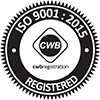For a manufacturer product standards are important.
Rope rescue, rope access, tree work, tower climbing, etc., are all work-related activities that must meet certain standards.
Certification depends on where you are.
In Canada, all these different industries have their own set of rules. They can vary for each province, making it hard to follow what is applicable.
In general, CSA comes to mind if we say Canada.
If it is the USA, we’ll discuss ANSI and fire-related activities NFPA.
The CE mark is a well-known European mark. Most countries worldwide have adopted it as an acceptable certification system for PPE (personal protective equipment).
If you’re climbing recreationally, your products most likely carry the CE mark. Some items will also bear the UIAA mark. https://theuiaa.org/
A product stamped with the CE mark indicates that it has passed testing requirements. It also checks other requirements, such as the content of the manual and the manufacturing processes meeting European Union laws.
The CE mark is accompanied by a number (for example, CE 2927) identifying the Notified Body (testing facility).
Product standards are identified by “EN” followed by a number. EN 795 covers items such as slings, anchors, and tripods.
In Europe, all PPE products in defined categories must receive CE certification before selling them in Europe.
CE standards are based on the pre-existing UIAA norms that climbing equipment manufacturers referred to before implementing CE testing.
Today, the UIAA norms still exist and often lay out additional (though voluntary) requirements for specific products.
However, it is essential to check the validity of the product certification. To do so, you can check the declaration of conformity on the manufacturer’s website.
Or you can check the Notified Bodies number on the following website: https://webgate.ec.europa.eu/single-market-compliance-space/#/notified-bodies/free-search
Test reports cannot be shared due to copyrights. Instead, check the marking on the products and the declaration.
Remember that for some jurisdictions, a certified product is sufficient; instead, a test or engineering report showing the minimum breaking strength will suffice.
Talk to your local provider or manufacturer if you need clarification about a product.
Below, I’ve included an overview we created to help out for some countries where we deal with what product certification is essential. This is for work-related PPE.
| Anchors | Helmets | Harnesses | Lanyards | Energy Absorbing Lanyards | ||
| Europe | CE | EN 795 | EN 397 | EN 12492 | EN 14052 | EN 361 | EN 358 | EN 813 | EN 354 | EN355 |
| USA | ANSI | Z359.18 | Z89.1 | Z359.11 | Z359.3 | Z359.13 |
| Canada | CSA | Z259.13 | Z259.15 | Z94.1 | Z259.10 | Z259.11 | Z259.11 |
| Carabiners | SRL | Fall Arresters + Cable/Rail | Work Pos. Lanyards | Horizontal Lifeline | ||
| Europe | CE | EN 362 | EN 360 | EN 353 | EN 358 | EN 12841 | EN 795 |
| USA | ANSI | Z359.12 | Z359.14 | Z359.16 | Z359.3 | Z359.17 |
| Canada | CSA | Z259.12 | Z259.2.2 | Z259.2.1 | Z259.2.5 | Z259.11 | Z259.13 |
| Back-up Devices | Decenders | Ascenders | Pulleys | Ropes | ||
| Europe | CE | EN 353-2 | EN 12841 | EN 341 | EN 12841 | EN 567 | EN 12841 | EN 12278 | EN 1891 or EN 892 |
| USA | ANSI | Z359.15 | Z359.4 | Z259.9 | Z359.15 | ||
| Canada | CSA | Z259.2.5 | Z259.2.3 |


